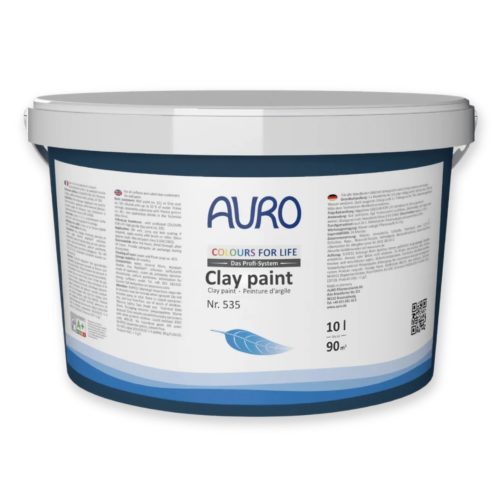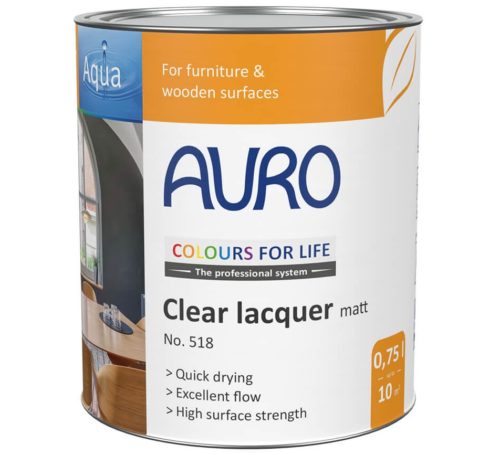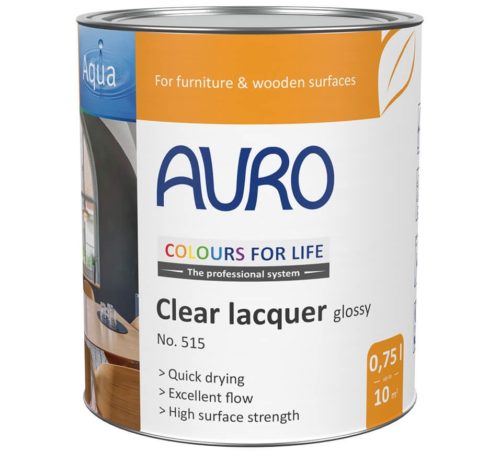Plastic Free Paint – Natural & Eco friendly paint for interior and exteriors.
Plastic free paint is one of the recent areas of ‘plastic free’ that has come to the attention of the public. We want to eliminate plastics and chemicals from our homes as best as we can, and one easy way is to switch from chemical, high VOC paints that off-gas nasties into your home, polluting your indoor air quality, which is something we should all pay attention to.
The paints listed below by Graphenstone are all natural and eco friendly, and do not contain any plastic of any kind. There is no need to put plastics in paint, and you can see from the paints below that we have an option for whatever you want to paint.
For interior walls and ceilings, we recommend the Grafclean Premium.
Does paint contain plastic, is there plastics in paint?
Paints are made from pigments and binders, and for most with no care for health of environment big brand paints, they use synthetic pigments and synthetic binders which are almost always made from plastics, such as originally rubber or latex. Fundamentally paint is just a skin, which shows colour through depending on the pigments. It’s made very easy when you use plastics for sure, but has significant health dangers.
Graphenstone paints, and none of the paints we offer contain any plastic at all. Yes some are shipped in plastic tubs, which are 100% recyclable themselves, AND are made up of at least 80% recycled plastic. Personally I find many uses for plastic pots around the house and garden, drill some holes in them and you’ve got a plant pot that will last forever!
What kind of paint will adhere to plastic?
If you want a natural paint that will adhere to plastic, I suggest using the Grafclean Midshine multi purpose paint, and make sure you use the Graphestone Four2Four primer so it will actually stick, this primer is amazing!
Is zero plastic paint washable?
It really does depend on the brand, Our plastic free plant based interior wall paint, Grafclean Premium is washable and scrubbable.. and has no plastic in it. Winner.
Plastic Free Paint – Natural & Eco paints for interior and exteriors
Introduction to plastic free paints.
Around the middle of the twentieth century, a revolutionary wave of technology transformed the basis of the world as we know it – an era that became known as the ‘Age of Plastic’.
There were so many great things about this new material and so little known of its long term impact at that time that it was readily used in practically everything. It was durable, cheap, light, and suitable for making all sorts of products and packaging.
Into the early twenty-first century, plastic was virtually everywhere – as cutlery, furniture, toys, gaming consoles, flooring, and all sorts of building fabric.
It is only recently after we have seen the consequences of plastic on our lands, oceans, and health that there is now a shift from plastics to organic products. Even so, a great deal of our commonly found products have traces of plastic in them just because the material is so versatile and cheap to use. It is even found in formulations we might not expect it to be found in, such as your common household paint.
In this article, we will mainly be talking about the types of plastic that are found in traditional paint, as well as the negative environmental, ecological, and health consequences of using plastic-containing paint in your home.
Why Does Paint Contain Plastic?
It might seem hard to believe at first, but quite a significant percentage of the traditional household paint is plastic. To be more specific, let’s break down the common paint into its main components:
- The Pigment
- The Solvent
- The Resin or Binder
Pigment
The pigment is responsible for giving the paint its characteristic colour and opacity. They are generally of two types: the ‘prime pigments’ and the ‘extender pigments’. The prime pigments include chemical compounds such as Titanium Dioxide, Red Iron Oxides, Chrome Green Oxides, etc. The extender pigments, however, include compounds like Calcium Carbonate, Magnesium Sulphate, and Barium Sulphate.
Solvent
The solvent in paint is the liquid in which all these chemical compounds and components of paint are suspended. It is either organic (made of chemical compounds like oils) or water.
Resin
More commonly known as the binder, this is the component that is responsible for the plastic content of paint. What a resin actually does is that it forms a stable network that holds the pigment particles together and allows the paint to adhere to surfaces. This, of course, is one of the most important characteristics of the paint and is a great focus of paint manufacturers because it eventually determines the fluidity, ease of application, and glossiness of the paint coat.
Most of the resins found in traditional paints are made of polymers that vary depending on the solvent basis of the paint. Water-based paints usually plastic acrylic polymers as resins; whereas solvent-based paints employ a combination of alkyds and oils to function as the binding agent.
What Are Acrylic Polymers in Paint? Why Are They Used as Binders?
The plastics you need to avoid in your paint are acrylic polymer resins. The common types of acrylic polymers as binders in traditional paint are made of units of methyl methacrylate, butyl methacrylate, and even polyvinyl acetate. The reason these plastics are widely used as binders is that they are versatile, cheap, and allow the paint to dry fast to attain a durable, water-resistant coat.
These plastic binders also add a degree of flexibility to the paint coat, preventing it from cracking, or falling apart too soon. While there can be plenty of natural substitutes that work equally well as binders, conventional paint makes use of these plastic polymers mostly because of how cost-friendly and effective they are. All the same, a few bucks isn’t worth endangering the planet and human life for.
Why Should You Be Concerned About Plastics in Your Paint?
It is no mystery that plastics contribute to pollution in an alarming number of ways. The worst about this pollution is that it is extremely hard to get rid of, considering that majority of the plastics are not easily biodegradable. Because of this, the environmental, ecological, and economic consequences of plastic pollution are very pronounced and long-term. The plastic pollution caused specifically by the small particles of paint present in paint is known as micro-pollution, which is a threat to both human health and the environment.
Impact of Plastics on Health
The production of plastics in itself generates a number of toxic gases that escape into our atmosphere. These chemical compounds differ mostly in their harmful nature. Some of these can cause various sorts of cancers in humans, while others, on being inhaled, can cause a number of neurological, hormonal, and biochemical disruptions and disorders in the human body.
Moreover, plastic production is also accompanied by huge amounts of toxic chemical waste. If this waste is incorrectly disposed of, it finds its way into rivers, streams, and land. From here it gradually starts to enter the ecosphere through various ecological interactions and contact.
Some of the compounds that constitute this waste are vinyl chloride, benzene, phthalates, and formaldehyde. All of these have adverse effects on aquatic and terrestrial animals and often result in their death. Those that do survive do so with deformities, diseases, and levels of those toxins in their bodies.
Impact of Plastics on the Environment
The impact of micro-plastics on the oceans is quite a subject of discussion and debate these days. Man-made plastics have polluted the ocean bodies to an extent that certain regions have become inhabitable for aquatic life, disrupting the ecosystem.
A great deal of this pollution has been caused by paint, varnishes, finishes, etc. As also mentioned above, a considerable amount of toxic waste and gases are released into the environment from plastic producing factories and plants. This not only pollutes the atmosphere but also leaves a massive carbon footprint on the planet and contributes significantly to global warming.
What Can We Do About This?
Perhaps not a few decades ago, but these days you have a variety of paint and paint products to choose from that are free of any sort of a plastic or harmful synthetic material. You have eco-friendly paints, natural paints, Graphenstone paint, masonry paint, and a lot more plastic-free options to pick from.
Always try and buy from a paint company or plastic free shop that is environmentally friendly, and if they do use plastic make sure it is biodegradable , rather than single use plastic, such as plastic bags or another way the product has been plastic packaged. Always try a control your own plastic waste!
Natural Paints & Non Toxic Paint.
Natural paints are formulated from organic and naturally occurring compounds. These paints are environment-friendly because they are free from any synthetic component that may harm the environment, such as volatile organic compounds, plastics, or dangerous heavy metals. It is a great option if you are an environment and health conscious individual, looking to play your part in creating a safe and healthy environment.
Clay-Based Paints
In natural paints, you have several types of paint to choose from depending on your budget and needs. Their organic constitution makes them free of toxic volatile organic compounds. Even though it is a water-based paint, it does not contain any traces of acrylic polymers; hence, it is plastic-free. It also has a lot of other merits that make it an excellent choice to paint your house in.
Clay-based paint coats are nicely breathable and work well in hot and humid environments. You can paint it over old plaster, paint coats and find it to give a good coverage on your walls.
Lime-Based Paints
If you are going plastic-free, then you might want to look into lime-based paints and products. Lime is supremely eco-friendly and made of natural ingredients. These paints can remove excess carbon dioxide from the environment, which improves the indoor air quality and reduces your house’s carbon footprint. In addition to this, good quality lime-based paints are great for porous and lime-rendered surfaces and offer good wall coverage.
Graphenstone Paint
Graphenstone paint is a remarkably high quality, safe, and eco-friendly alternative to all other synthetically formulated paints. It is entirely free of plastic, and also works far better than your other naturally formulated paint and paint products in terms of coverage, durability, and flexibility. In addition to this, it is breathable and helps regulate the moisture in your building by acting as a dehumidifier.
So in case, you are looking for some good quality paint that is not only eco-friendly but also contributes to better indoor air quality, Graphenstone paint is a great choice.
Ensuring Your Paint is Plastic-Free or Low-Plastic
To make sure the paint you are using is free or contains a minimum of plastic components, read some of the tips we have curated for you below:
- Choose water-based paints that have low concentrations of binders if there is no way around acrylic paints.
- Carefully study the list of ingredients on the paint label for components and their respective concentrations.
- If your paint doesn’t have a label, then get in touch with the manufacturer and request a list of ingredients to make sure you don’t end up buying something you don’t want to.




